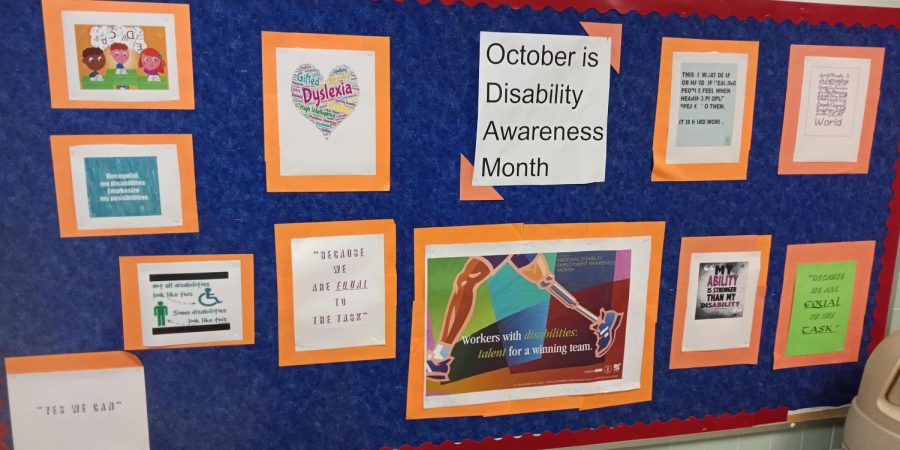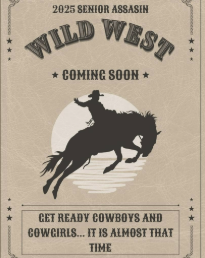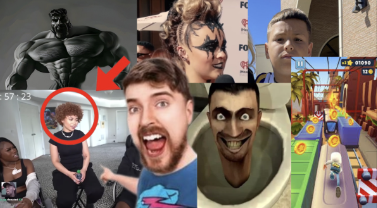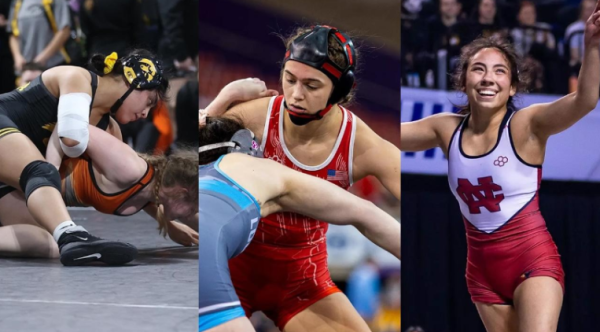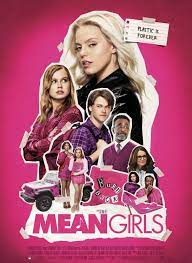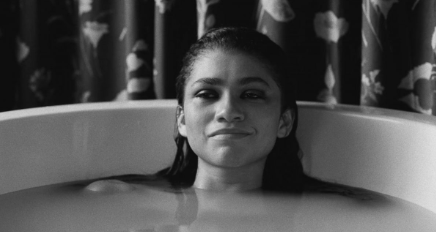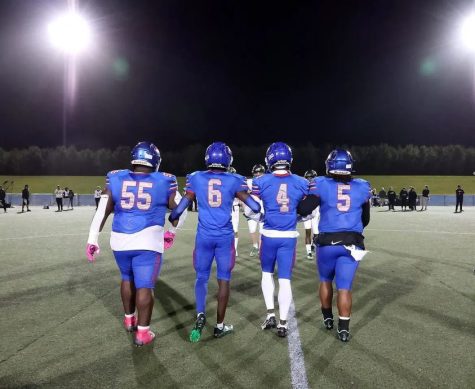Kempsville Participates in Disability History and Awareness Month
The bulletin board put up by JoAnn Bennett-Worthy, TA, for Disability History and Awareness Month.
October is Disability History and Awareness Month in Virginia, a dedication that began in 2009 when the Virginia General Assembly responded to students with disabilities, declaring it a month to promote awareness. It is also National Disability Employment Awareness Month.
In the 1994-1995 school year, Kempsville High School was the first school in Virginia Beach to include children with disabilities in general education classes. Inclusionary classes began with math and English and progressively spread into other subjects. As special-ed students joined more classes, an extra teacher was added to certain classes for assistance with specially designed instruction, or SDI, and to help make sure special-ed students have their unique needs met.
Mr. Trenton Gabriel, one of the special education teachers, says he loves that Kempsville points awareness toward disabilities and gives students with disabilities just as much of a chance as their peers without disabilities.
Gabriel is supportive of the inclusion process because when it is graduation time, and students with disabilities are looking for a job, they can easily integrate into everyday situations as well as understand how to communicate themselves with others.
During October, Kempsville High School helped to raise awareness to students with disabilities through a bulletin board in the 100 hallway that was put up by JoAnn Bennett-Worthy, a special-education teaching assistant.
“I think it’s important to know that everybody is not the same, and some people do have disabilities that may make their life challenging, and if we are aware of those challenges, it can make us understand people that have disabilities a little better,” Bennett-Worthy said.
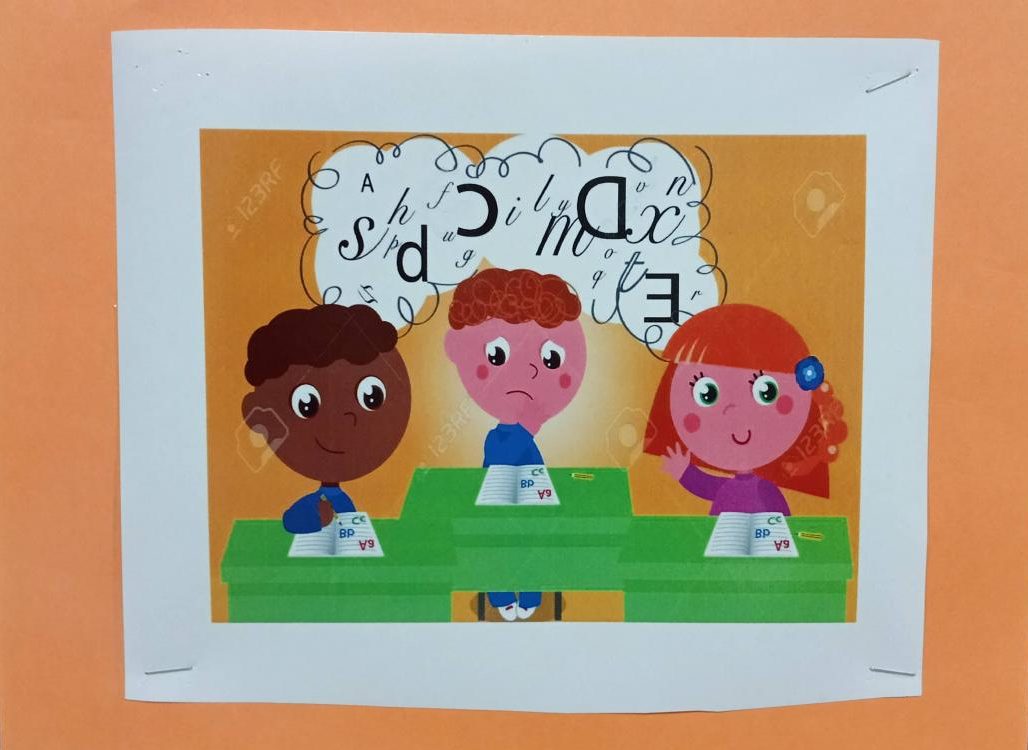
JoAnn Bennett-Worthy described this picture as an outside view of how people with hearing disabilities may feel.
“One of the displays I did up there is about how a person that might be deaf or hard of hearing might hear a conversation, and it’s kind of broken up,” Bennett-Worthy said. “…looking from the outside in, it gives you a view of how they may feel if they’re trying to hear you. I believe another one up there is “View me not the disability” because a lot of times you may see someone who is in a wheelchair or something, and you don’t see that person, you just see that wheelchair. And there is a person there, you should speak to them, and say ‘hi,’ and get to know them. I’m sure it would make their day, and I’m sure you would learn an amazing amount of things from them.”
“I just think it’s important to put it out there and let people know that we’re all different. But if we’re knowledgeable about situations, then we will not be fearful of them; then we’ll approach people and talk to them even if they’re not exactly like us.”
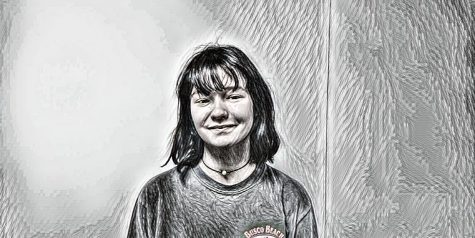
Hello, my name is Jakelynn! I'm a senior and I've been attending Kempsville since my freshman year. I'm not involved in anything other than The Treaty, but...
Sydney Haulenbeek is a senior and a fourth-year writer for The Treaty. When she's at school, photography, yearbook, Montage, and senior class consume her...



